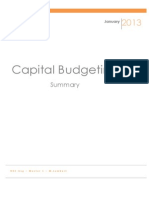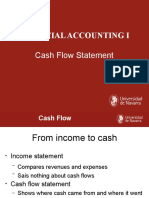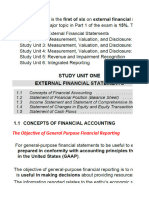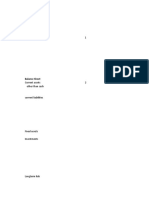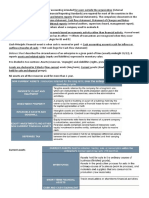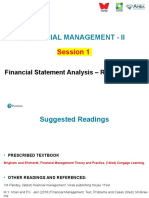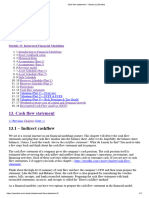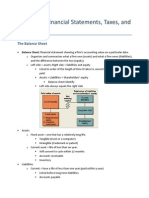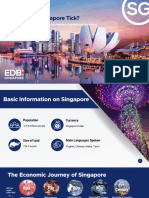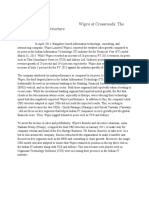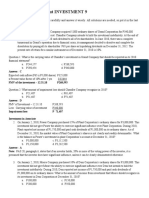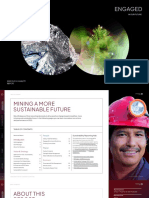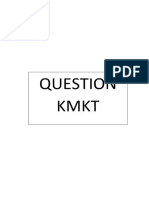0% found this document useful (0 votes)
60 views2 pagesFSA Final Cheat Sheet
The document outlines the processes for computing and analyzing cash flows, including the classification of cash flows into operating, investing, and financing categories. It discusses the importance of forecasting financial statements, particularly focusing on the income statement, balance sheet, and statement of cash flows, while emphasizing the need for consistency and precision in forecasts. Additionally, it covers methods for determining fair value of investments and the implications of equity method accounting on financial metrics.
Uploaded by
adityaCopyright
© © All Rights Reserved
We take content rights seriously. If you suspect this is your content, claim it here.
Available Formats
Download as PDF, TXT or read online on Scribd
0% found this document useful (0 votes)
60 views2 pagesFSA Final Cheat Sheet
The document outlines the processes for computing and analyzing cash flows, including the classification of cash flows into operating, investing, and financing categories. It discusses the importance of forecasting financial statements, particularly focusing on the income statement, balance sheet, and statement of cash flows, while emphasizing the need for consistency and precision in forecasts. Additionally, it covers methods for determining fair value of investments and the implications of equity method accounting on financial metrics.
Uploaded by
adityaCopyright
© © All Rights Reserved
We take content rights seriously. If you suspect this is your content, claim it here.
Available Formats
Download as PDF, TXT or read online on Scribd
/ 2


